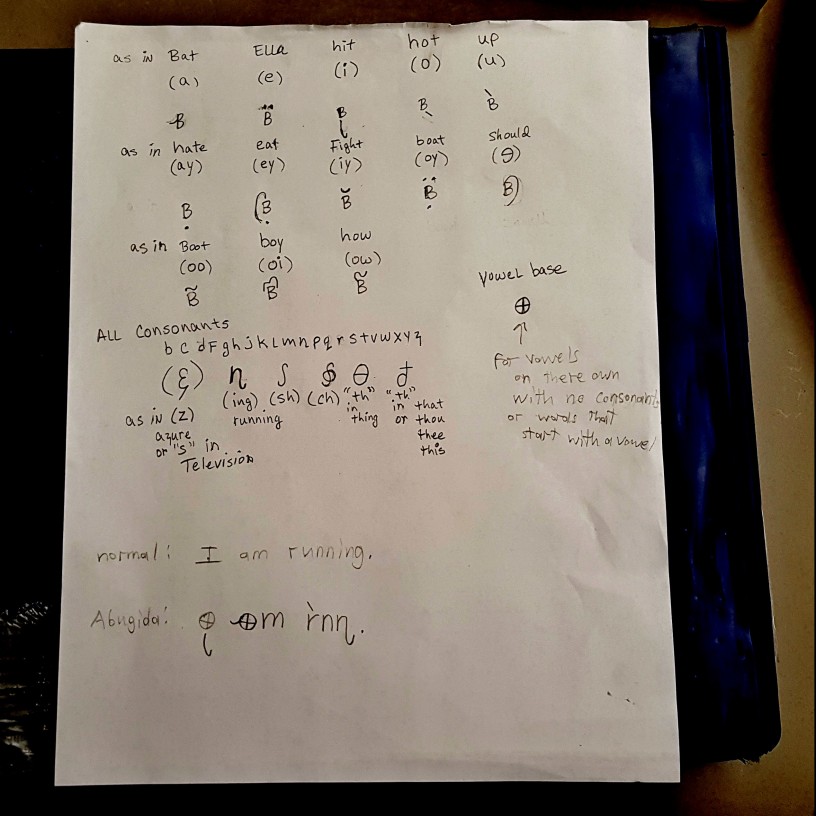If you didn’t know, not all languages use a alphabet. Some use a syllabary (like Japanese), an abugida (Hindi), an abjad (Arabic), or a logography (Chinese). Syllabaries uses a symbol for each syllable, like in Japanese ko-n-ni-chi-wa each is a syllable. Abjads have no written vowels usually, the word “interested” without vowels is “ntrstd”, this system doesn’t work for English, but it does for Arabic. In a logograghy there is one word per symbol, like Chinese. English only works well in a alphabet or a abugida, which is only consonants, but there are additional strokes added to the side or above or below the symbol to specify the vowel.
Abjad: 
Abugida:
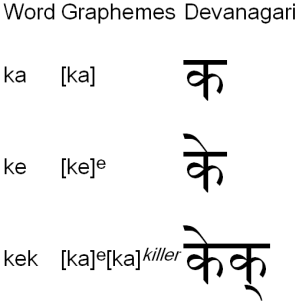
Syllabary:
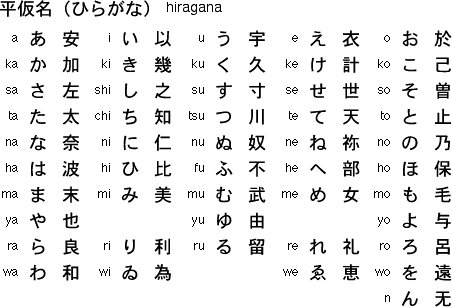
Logography:
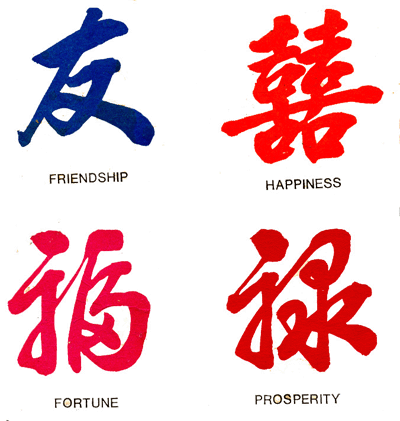
English as a language and how it is now, works well using an alphabet, but using an abugida could be also quite interesting, so I made a sentence in English using an abugida, and here is the chart for each letter. An abugida only has consonants, with extra marks to change the vowel after it. And there is an Easter egg on this page, if it works. It may be hard to find or maybe not.
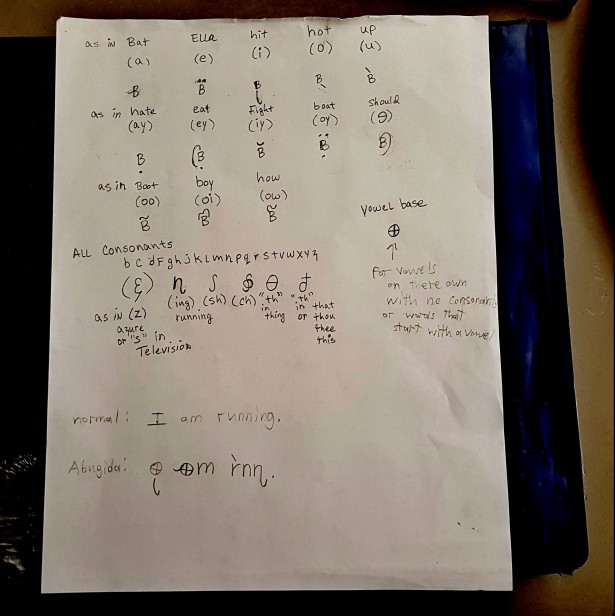
And here is a piece of text from a language I am making:
“to ósmo déjé zecorludé” which means “I am running to my house.”
